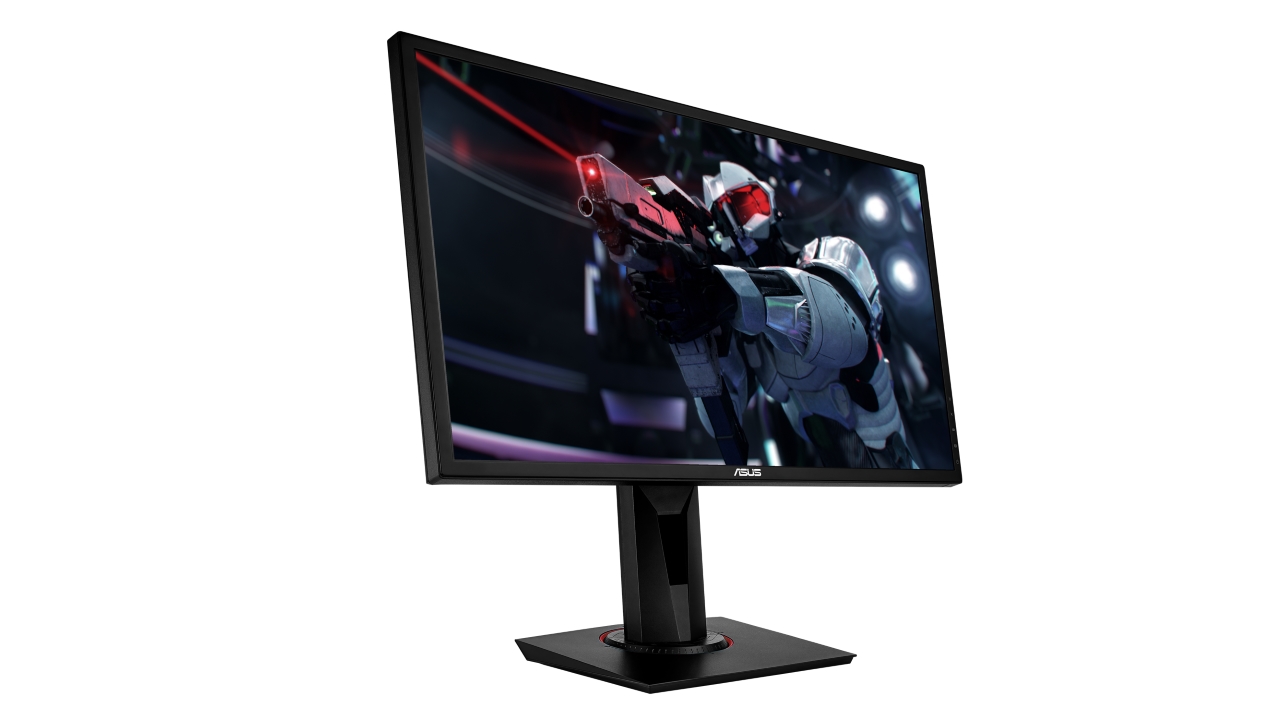G-Sync Ultimate, Nvidia changed the spec secretly?
Source: HW Upgrade added 19th Jan 2021
The G-Sync Ultimate specification has underwent an important change, opening to a monitor with a brightness lower than 1000 nit. A novelty that comes by stealth, without any communication from Nvidia to consumers.
by Manolo De Agostini published 19 January 2021 , at 08: 41 in the Peripherals channel
NVIDIA G-sync
Nvidia has retouched, downwards, the requirements necessary for a monitor to be certified G- Sync Ultimate . The US company has not officially communicated this change , brought to light by PC Monitors after comparing the description of G-Sync Ultimate on the Nvidia website after a few weeks and observing the latest announcements at CES 2021.
One of the requirements for a G-Sync Ultimate monitor, the highest “stamp of quality” for displays based on proprietary variable refresh rate technology, was since its launch a brightness of at least 1000 nit , certified by VESA DisplayHDR certification 1000. However, there are clear clues, and more clues usually prove that this is no longer the case today.
In a press release last week, Nvidia points to MSI MEG MEG monitors 381 CQR and LG 34 GP 950 G, both with VESA DisplayHDR certification 600, such as G-Sync Ultimate solutions. The same page talks about “excellent HDR (up to 1400 nit)”, a sentence that sets a maximum a minimum threshold.
Finally, if you go to the page dedicated to G-Sync on the company’s website, there is an evident change: while in the previous months, at least until November, Nvidia explicitly indicated a brightness of 1000 nits, now the reference has disappeared in favor of a generic “ lifelike HDR “, ie” realistic HDR “.
This change – unless corrected and / or denied by Nvidia – could confuse when purchasing . In addition, he arrives with the headlights off, secretly, and this is not good. It is not clear whether behind this novelty there is some kind of technical basis (and in this case Nvidia would do well to communicate it) or the simple desire to make more competitive the G-Sync offer with solutions positioned on lower price ranges. As known, G-Sync monitors have a higher price than FreeSync analogues due to the hardware module ‘indoor. While waiting for clarification, if they ever come, always go beyond labels and marketing when you buy: before opening your wallet, find out more about the product you intend to buy.
